JANUARY: DRAWING
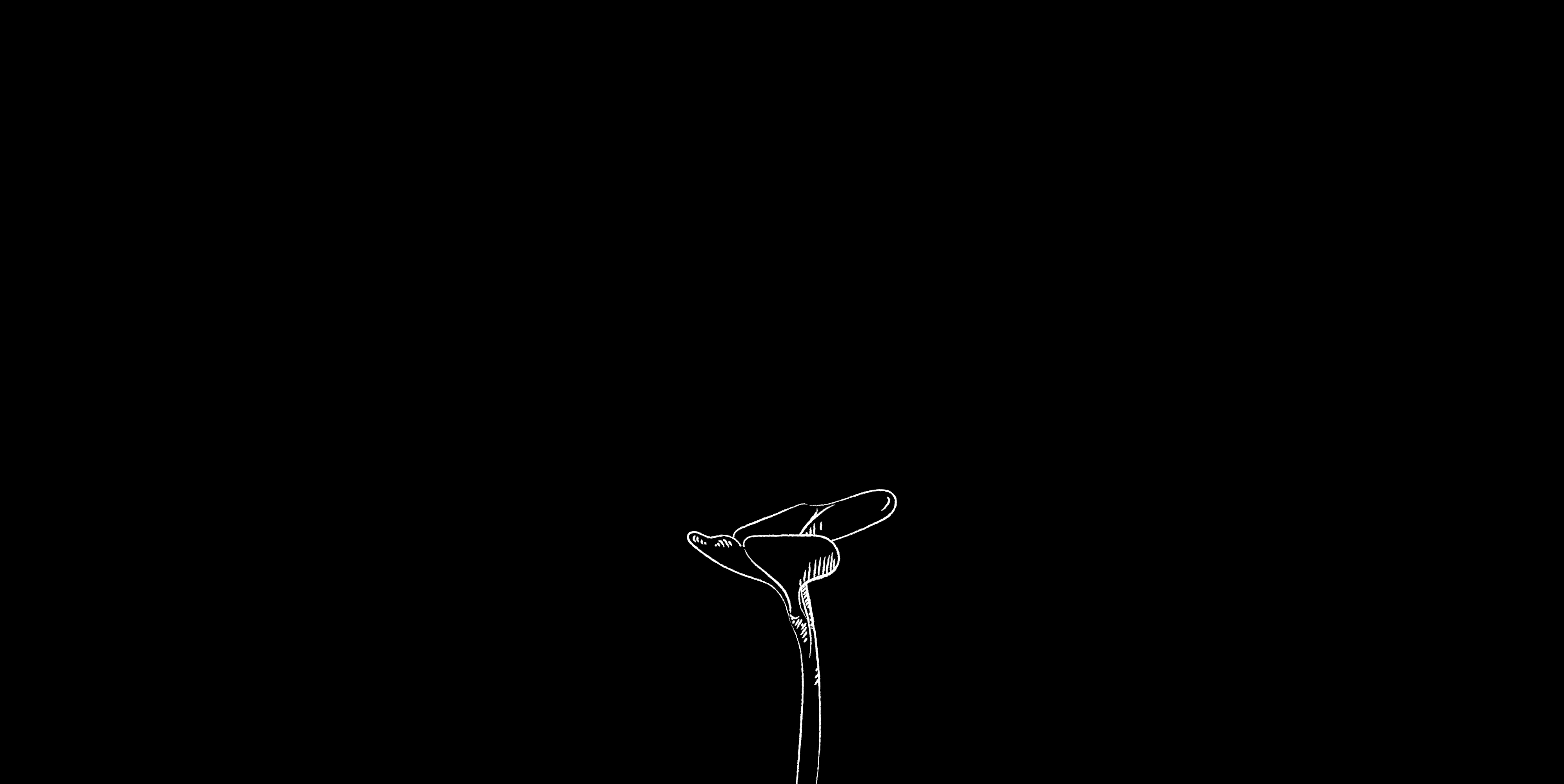
Drawing is essential to Es Devlin’s creative practice. She draws every day, making quick, rough sketches and longer, more detailed studies. Her thousands of drawings capture the seeds of imagined ideas for stage designs and sculptural installations. But drawing also helps Devlin to study and relate to the world around her. When we draw from life, our hands and eyes connect, providing a different way for us to see and understand an object, place, or person.
Many of us think we can’t draw or that we’re bad at it. It can be difficult to even attempt a drawing when we’re afraid of failing at it. But instead of focusing on the end product, we encourage you to explore what you might learn, experience, or feel while drawing. The process of drawing can be a kind of meditation. It can provide a rare moment to slow down and look closely. The prompts, readings, and programs on this page provide ways to explore drawing as a tool and to consider how it might support other aspects of a creative life.
Table of Contents
- Prompts: Quick writing or visual exercises
- Related Reading: Excerpt from An Atlas of Es Devlin
- Programs: Exhibition tours, lectures, and hands-on workshops for visitors at all age and experience levels

PROMPTS
The prompts below are quick exercises to kickstart your own drawing practice, inspired by the exhibition An Atlas of Es Devlin. These prompts are geared toward ages 13 and up, but all are welcome to try them out!
The only materials you need are a pencil and a piece of paper, but feel free to play with any other supplies you may have on hand. Try a prompt for five minutes, or stay with it for half an hour. For a challenge, set a timer, mute your notifications, and see where your thoughts travel. Keep your pencil moving, even when you’re stuck! Don’t worry about creating something polished or perfect—this is a place to experiment.
DRAWING PROMPTS
1. Start with a Song
Put on one of your favorite songs. Why do you like this song? Do you relate to the lyrics or perhaps you enjoy the beat? Jot down a few lyrics that speak to you and see if you can draw three sketches that illustrate these words. If the song has no lyrics, how does it make you feel? Try illustrating these emotions.
2. Unconventional Portraiture
What might an unconventional portrait of yourself look like? Focus on individual features of your face and play with their shape and size in your drawings. Then cut out your drawings and collage them to create a self portrait. You can also try drawing a portrait of yourself with your non-dominant hand or a blind portrait where you don’t look at what you’re drawing until you’re finished.
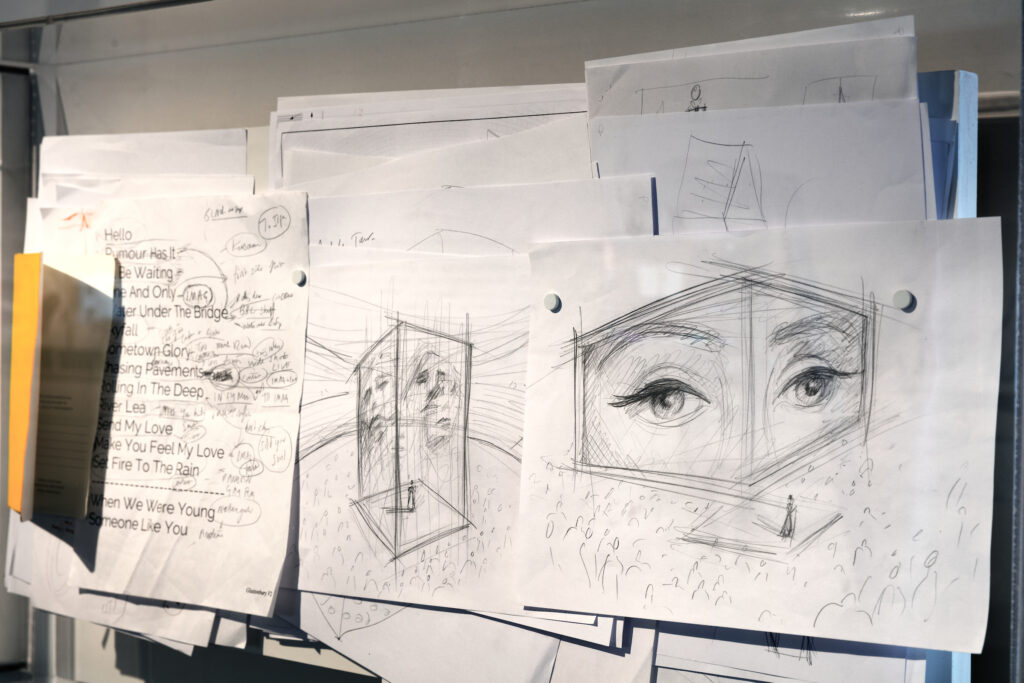
Installation photo of “An Atlas of Es Devlin.” Photo: Elliot Goldstein © Smithsonian Institution
In these studies for Adele’s 2016 world arena and stadium tour, Devlin explored the idea of close-up portraiture, focusing on Adele’s eyes. She often develops a portrait from a single feature.
3. Begin Unexpectedly
Let go and draw overlapping lines and shapes on your piece of paper. They can be sharp and geometric, loose and organic, or both. Look at your drawing and identify new shapes and spaces between these lines. Cut out some of these shapes to create and play with the negative and positive space.
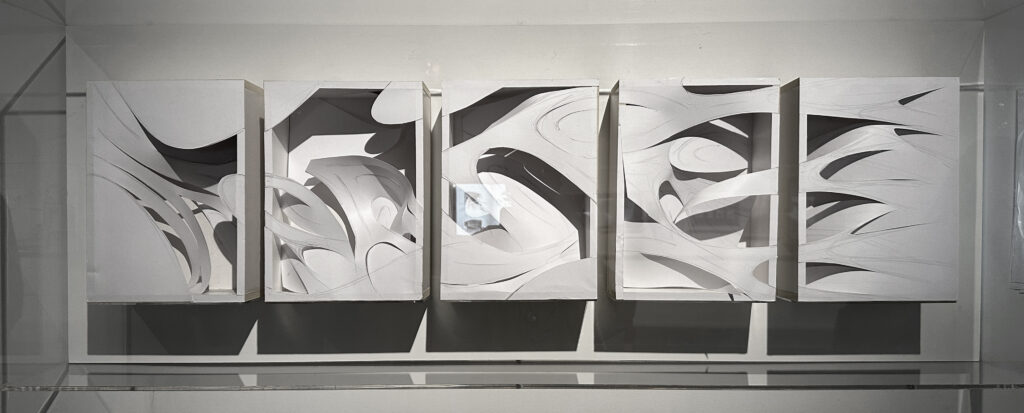
Sculptures, Ideas to Forms. Cut paper and board. Presented 2020, BBC Culture in Quarantine Masterclass. Photo by Es Devlin Studio. Courtesy of Es Devlin.
Devlin used paper, scissors, and glue to create these dimensional sculptures. Starting with a pencil, she drew branching, overlapping lines. She then cut along these lines, pushing the paper forward or pulling it back.
4. Take it Outside
Head outside or find a window. What plants are near you? Observe a plant from different perspectives. From afar, draw a loose outline or shape of its leaves. Look up close and draw the connecting lines of a leaf’s veins or its pattern. You can also create rubbings of the plants you find, capturing their shapes and textures.
5. Explore Layering
Place a piece of tracing paper over an existing drawing or image. Trace over prominent lines and shapes. What shapes and forms can you create from these new lines? How do added layers change your existing drawing?

RELATED READING
FROM DEVLIN’S ARCHIVE: DRAWINGS
Andrea Lipps and Julie Pastor
For Es Devlin, every project starts with drawing. Alone with her research or in conversations with collaborators, she thinks with a pencil in hand. Annotations on play scripts, opera scores, and ecology books capture her reactions while reading. Quick sketches on the back of performers’ set lists illustrate ideas for concert video projections. Sequences of drawings evolve narratives and iterations for large-scale artworks. Devlin and her studio team develop these concepts into scale models and sculptures. Sometimes these studies map directly to the visuals of a final performance. Other times they preserve trains of thought in miniature.
Here are examples of Devlin’s drawings over the years—quick sketches to detailed scenic drawings—covering a range of performances and installations.
 SKETCH and PRODUCTION IMAGE, HOWIE THE ROOKIE
SKETCH and PRODUCTION IMAGE, HOWIE THE ROOKIE
Graphite on paper
Staged 1999, Bush Theatre, London, UK
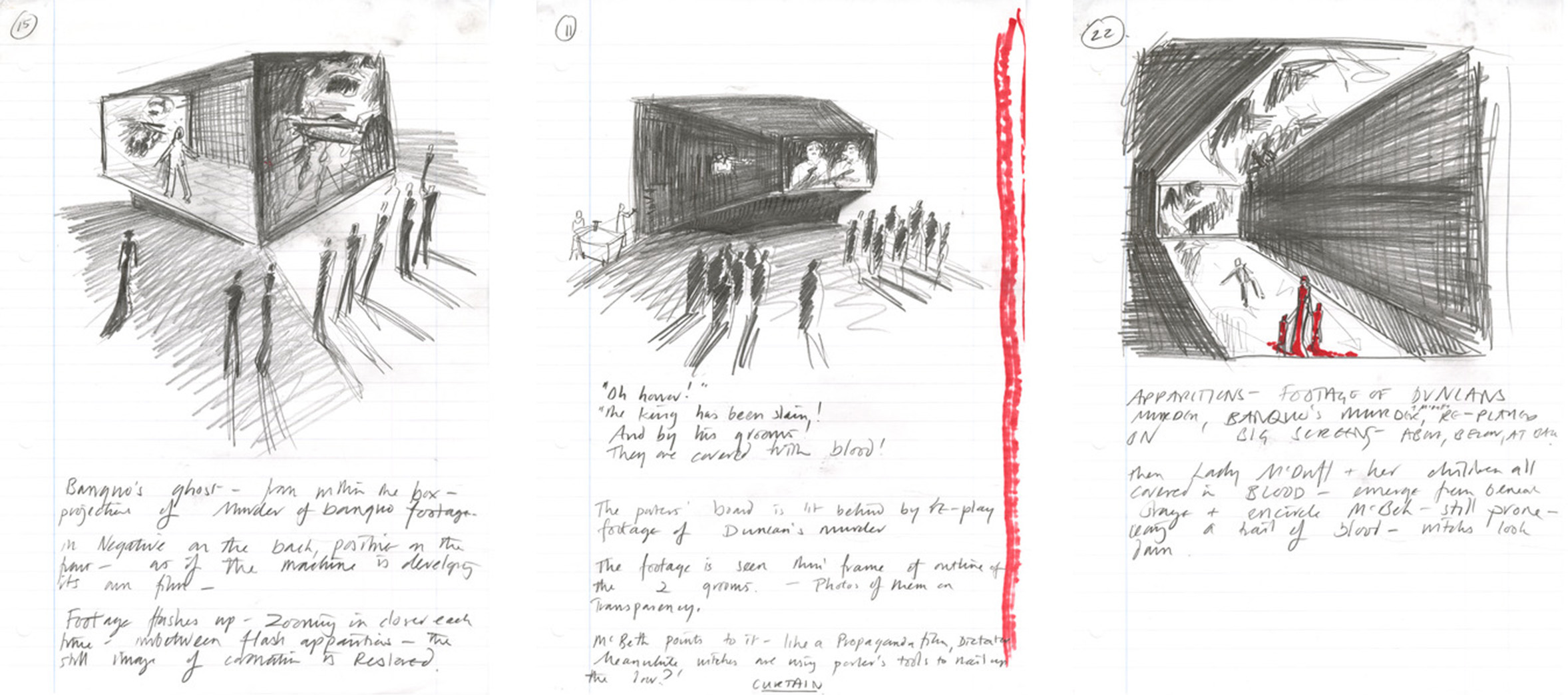 STUDIES, MACBETH
STUDIES, MACBETH
Graphite and ink on paper
By Ernest Bloch after William Shakespeare, Staged 2003, Theater an der Wien, Vienna, Austria.

DRAWINGS and MODEL, DON GIOVANNI
Graphite on paper; and foam core and paper
Staged 2014, Royal Opera House, London, UK
 SKETCH and PRODUCTION IMAGE, BANGERZ
SKETCH and PRODUCTION IMAGE, BANGERZ
Graphite on paper
Staged 2014, Miley Cyrus World Arena Tour
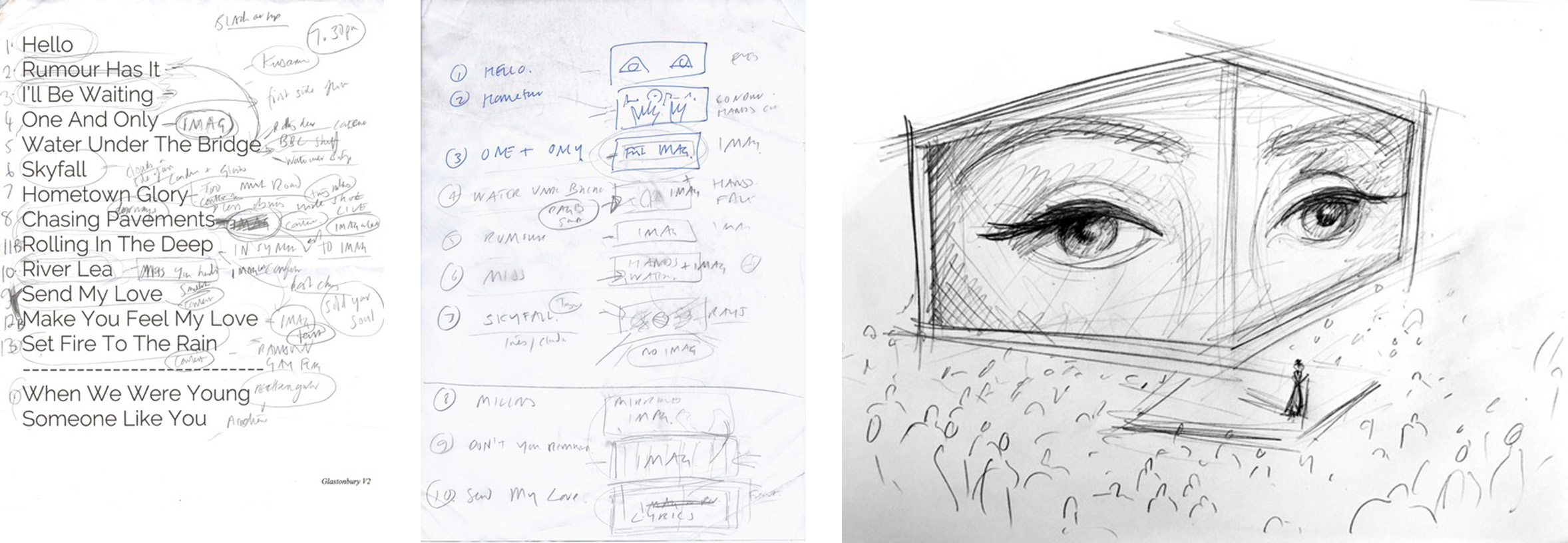
ANNOTATED SET LISTS and DRAWING, HELLO
Graphite and ink on paper
Staged 2016–17, Adele World Arena and Stadium Tour
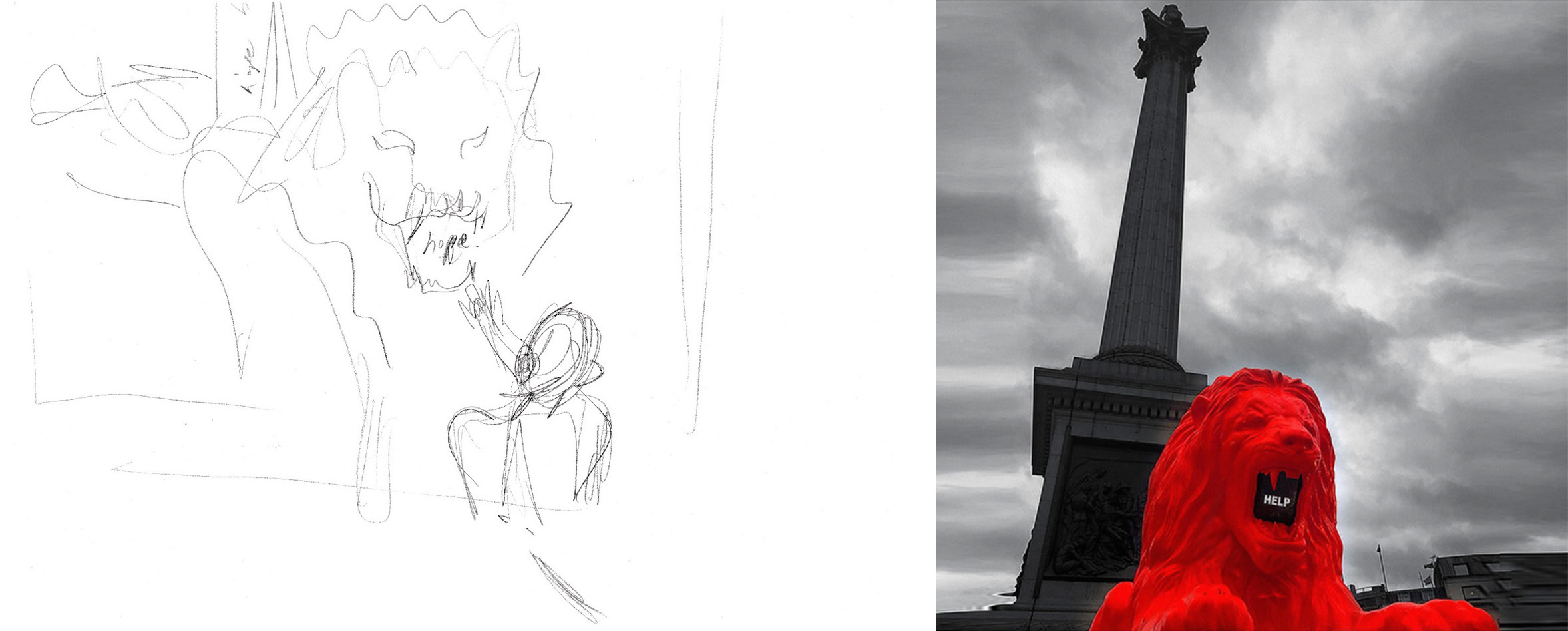
SKETCH and PRODUCTION IMAGE, PLEASE FEED THE LIONS
Ink on paper
Installed 2018, London Design Biennale, Trafalgar Square, London, UK

DRAWINGS, COME HOME AGAIN
Graphite on paper
Installed 2022, Tate Modern lawn, London, UK

PAST PROGRAMS
Cooper Hewitt hosts a range of programs—including exhibition tours, lectures, hands-on workshops, and others—for visitors at all age and experience levels. Videos of recorded programs are available here.
Learn more about upcoming programs at Cooper Hewitt.
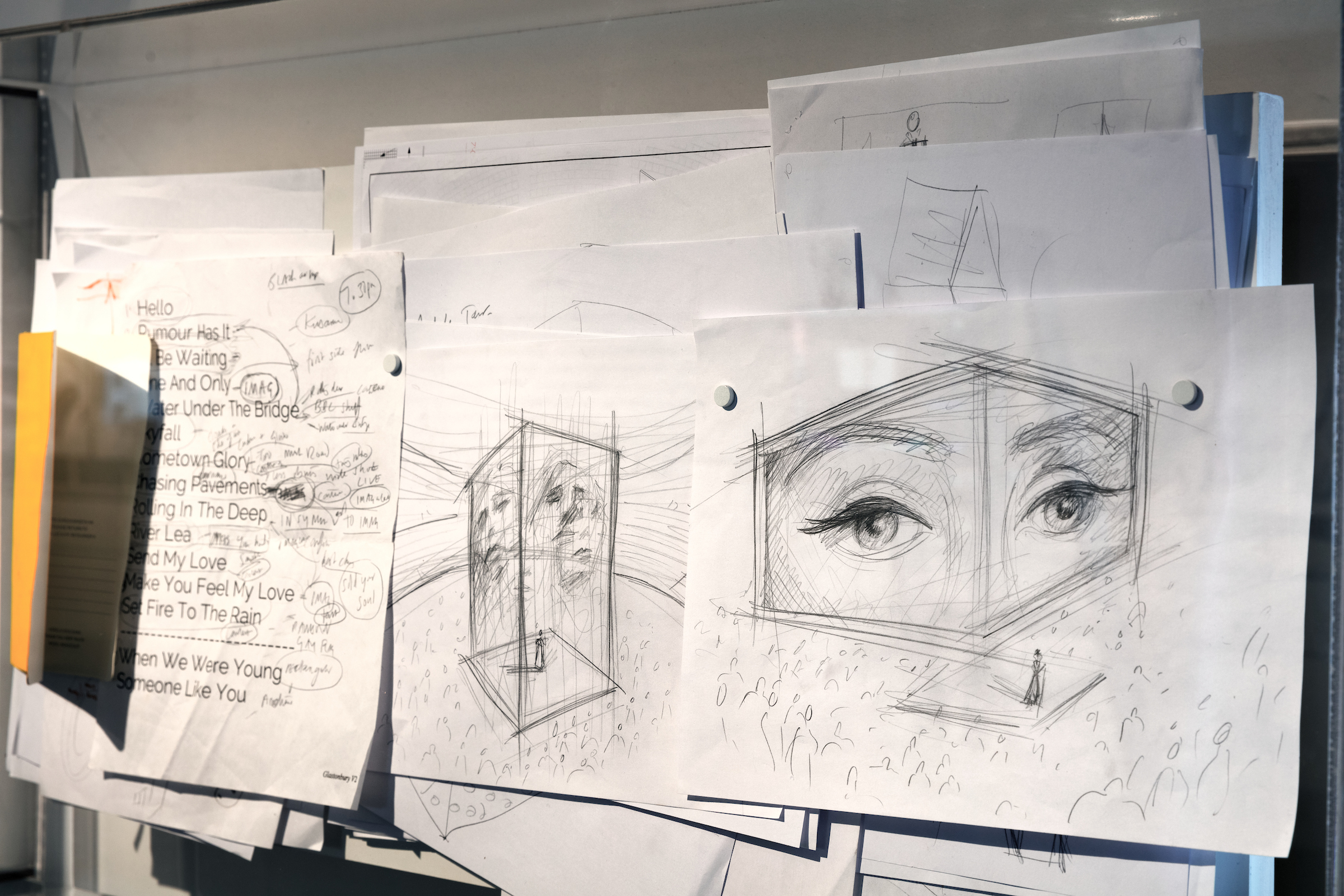
11:00 a.m. to 4:00 p.m. ET
2 E. 91st Street
New York, NY 10128

11:00 a.m. to 4:00 p.m. ET
2 E. 91st Street
New York, NY 10128
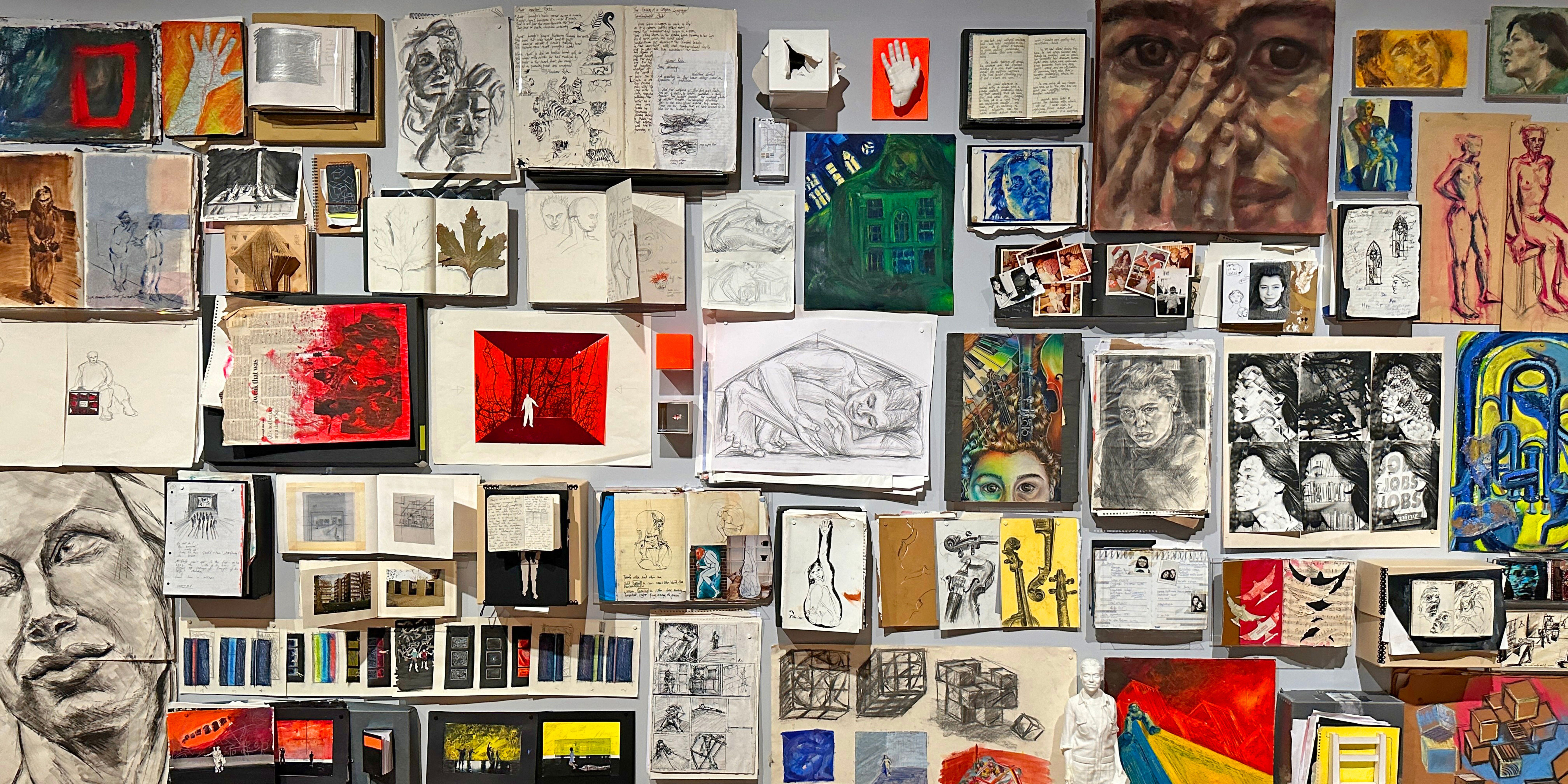
4:30 p.m. to 6:30 p.m. ET
Cooper Hewitt, Smithsonian Design Museum
2 E 91st St
New York, NY 10128
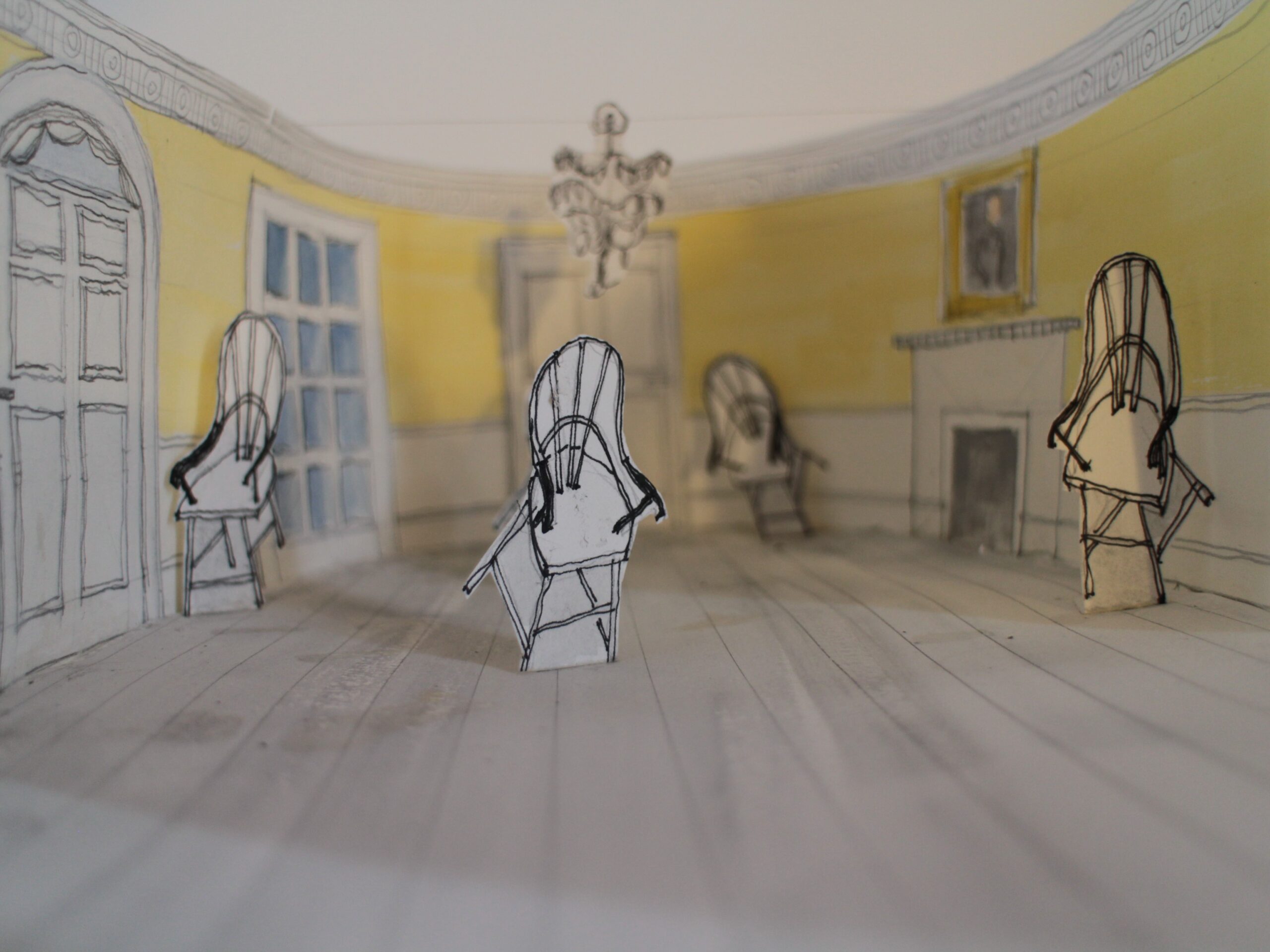
11:00 a.m. to 2:00 p.m. ET
Cooper Hewitt, Smithsonian Design Museum
2 East 91st Street
New York, New York

